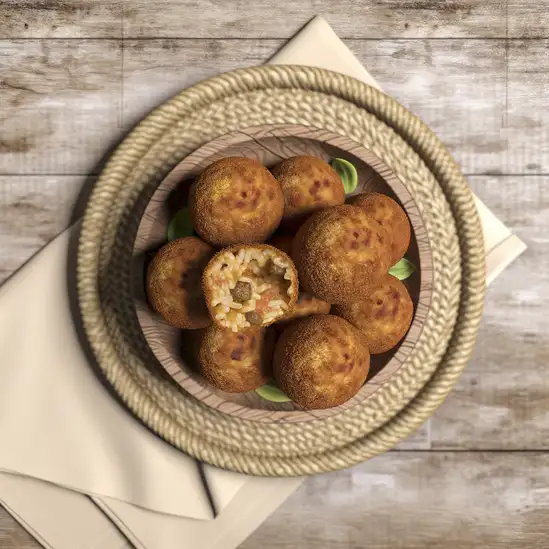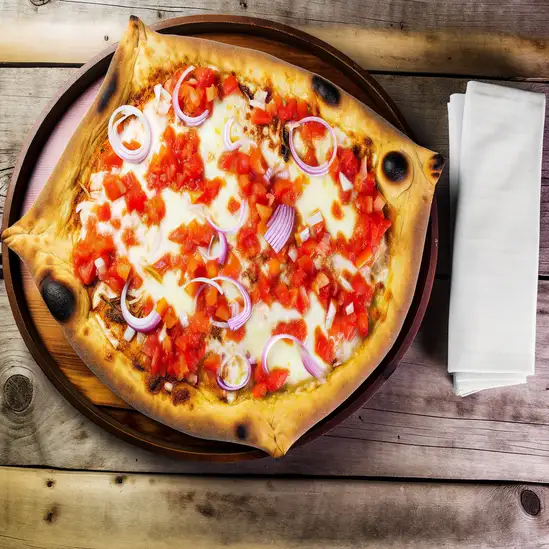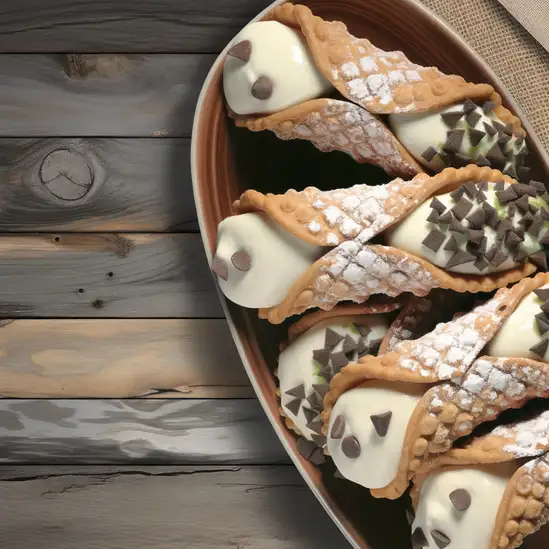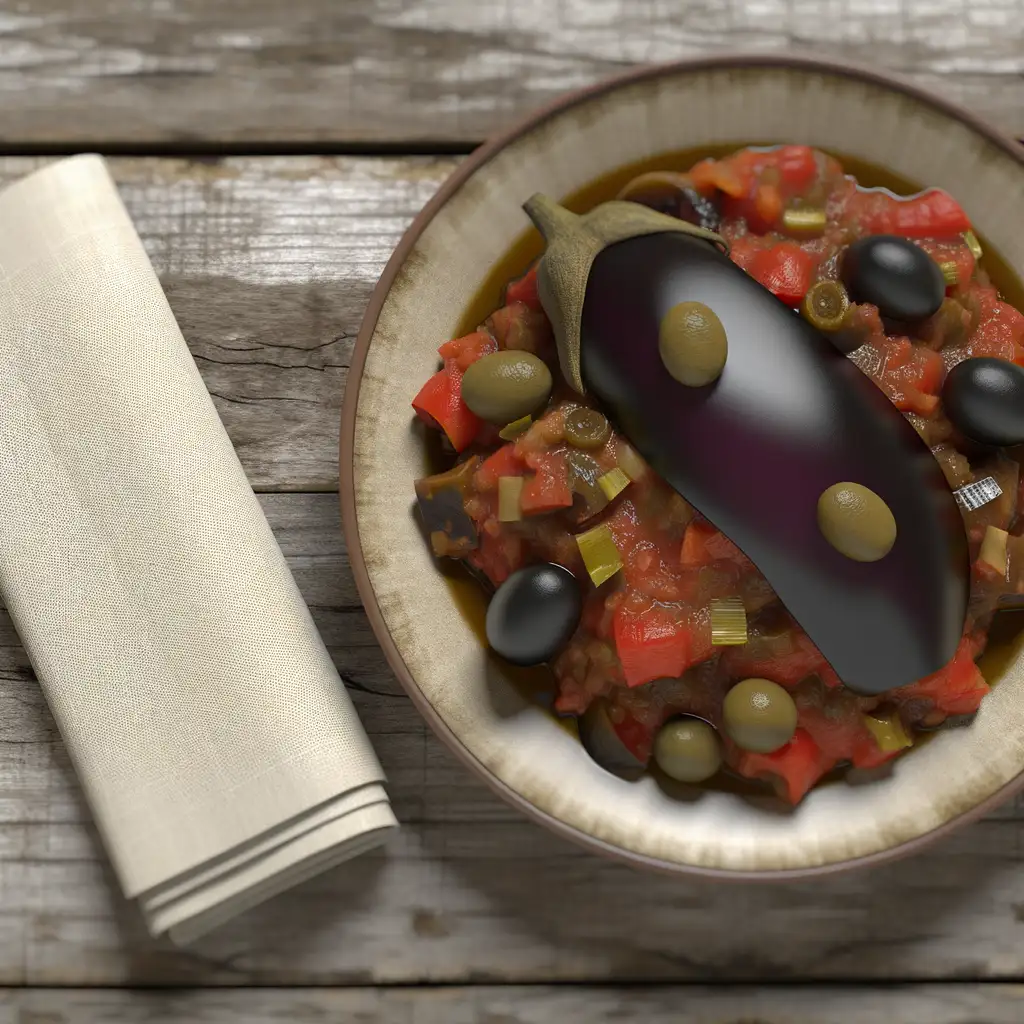



If you find yourself wandering through Sicily,Monreale is one of those places that gently pulls you in with its timeless charm and a kind of peaceful grandeur. The moment you step into the town,perched just above Palermo,there’s this warm,golden light that seems to wrap around the ancient stone buildings. The air carries a mix of citrus blossoms and freshly baked bread from nearby bakeries,inviting you to slow down and savor the moment. But what really stops you in your tracks is the stunning Monreale Cathedral,a breathtaking mosaic masterpiece that feels like stepping into a storybook. The shimmering gold tiles and intricate biblical scenes cover every inch of the interior,making you want to just sit quietly and soak it all in. Walking through Monreale’s narrow streets,you’ll hear the soft chatter of locals,the clinking of espresso cups,and the occasional distant strum of a guitar. The town has this laid-back rhythm,where life feels both rich in history and warmly alive. You can’t help but notice the vibrant bursts of bougainvillea climbing the walls,and the scent of fresh ricotta and olives wafting from the markets. It’s a place where tradition and everyday life blend seamlessly,and the people’s genuine warmth makes you feel like you’re part of a close-knit community. If you’re a fan of food,Monreale’s trattorias serve up Sicilian classics with a homey touch—think pasta with fresh tomatoes and basil,or sweet cannoli that melt in your mouth. Visiting here isn’t just about ticking off a landmark; it’s about soaking in a slower pace,rich culture,and a sense of wonder that stays with you long after you leave.
The information on this page is currently being reviewed by Tripkliq and should be used as a guide only
Eng word: Hello
Eng pronunciation: chow
Local language: Ciao
Eng word: Goodbye
Eng pronunciation: ah-ree-veh-DEHR-chee
Local language: Arrivederci
Eng word: Thank you
Eng pronunciation: GRAH-tsee-eh
Local language: Grazie
Eng word: How much
Eng pronunciation: KWAN-toh KOH-stah
Local language: Quanto costa
Eng word: Toilet
Eng pronunciation: BAHN-yo
Local language: Bagno
Eng word: Help me
Eng pronunciation: ah-YOO-tah-mee
Local language: Aiutami
Eng word: Yes
Eng pronunciation: see
Local language: Sì
Eng word: No
Eng pronunciation: noh
Local language: No
Eng word: Excuse me
Eng pronunciation: SKOO-zee
Local language: Scusi
The Monreale Cathedral, built in 1174, is a stunning example of Norman architecture. It is renowned for its extensive and intricate Byzantine mosaics that cover over 6,500 square meters, depicting biblical scenes and figures.
The construction of the Monreale Cathedral was commissioned by King William II of Sicily. The king intended the cathedral to serve as a symbol of his power and a demonstration of the Norman kingdom's wealth and artistic prowess.
In 2015, the Monreale Cathedral, along with the Arab-Norman Palermo and the Cathedral Churches of Cefalù and Monreale, was designated a UNESCO World Heritage Site, recognizing its cultural and historical significance.
Adjacent to the Monreale Cathedral is the cloister of the Benedictine Monastery, a masterpiece of medieval art. The cloister features 228 columns with intricately carved capitals, each depicting different biblical and mythological scenes.
The Monreale Cathedral's ceiling is a marvel of craftsmanship, adorned with gold leaf and intricate wooden carvings. The ceiling's design reflects a blend of Arab, Byzantine, and Norman artistic influences.
The cathedral's main entrance features impressive bronze doors created by the artist Bonanno Pisano in 1186. These doors are decorated with 42 panels depicting scenes from the Old and New Testaments.
Monreale itself is a charming town located on the slopes of Monte Caputo, offering breathtaking views of the Conca d'Oro valley. The town's narrow streets and historic buildings provide a picturesque setting for visitors.
The Monreale Cathedral houses a treasury that contains a remarkable collection of religious artifacts, including precious chalices, reliquaries, and vestments, showcasing the wealth and artistic heritage of the church.
The apse of the Monreale Cathedral features a stunning mosaic of Christ Pantocrator, one of the most iconic images in Byzantine art. This mosaic is a focal point of the cathedral's interior and a testament to the skill of its creators.
In Monreale, the most common Power Adaptor is Type C, Type F, Type L.







Fried rice balls filled with ragù, mozzarella, and peas, typically served as a snack or appetizer.

A traditional Sicilian pasta dish made with eggplant, tomatoes, ricotta salata, and basil.

A thick Sicilian pizza topped with a rich tomato sauce, onions, anchovies, and breadcrumbs.

Fried pastry shells filled with sweet ricotta cheese and often garnished with chocolate chips or candied fruit.

A sweet and sour eggplant dish made with tomatoes, celery, olives, and capers, often served as a side or appetizer.

Chickpea fritters that are crispy on the outside and soft on the inside, often served in a sandwich.

A traditional Sicilian cake made with ricotta cheese, candied fruit, and a layer of marzipan.
Palermo feels like stepping into a vibrant mosaic where every corner hums with life and history. The city’s energy is a mix of old-world charm and raw,bustling street scenes—imagine narrow alleys lined with colorful market stalls,the air thick with the scent of fresh citrus,roasting coffee,and salty sea breeze. As you wander,you’ll hear the lively chatter of locals bargaining over fresh fish and the distant melody of street musicians playing traditional Sicilian tunes. It’s a place where the past and present dance together effortlessly.
What really grabs you about Palermo is its character—gritty yet warm,chaotic yet inviting. The architecture tells stories of centuries,from the intricate Arab-Norman palaces to the baroque churches that seem to glow in the golden afternoon light. But it’s not just about sights; it’s the feeling of sitting at a tiny trattoria,savoring arancini that crackle with every bite or a plate of pasta alla Norma bursting with fresh tomatoes and ricotta salata,while the world buzzes around you.
Palermo’s soul is in its people and their love for life,food,and tradition. Whether you’re exploring the vibrant markets like Ballarò or soaking in the sunset over the Mediterranean from the ancient fortress walls,you’ll find a city that invites you to slow down,breathe deeply,and savor every moment. It’s messy,passionate,and utterly unforgettable.
If you wander into Catania,you’ll immediately feel the city’s pulse—vibrant,a little wild,and utterly alive. Nestled at the foot of Mount Etna,this Sicilian city wears its history on its sleeve,with baroque buildings dusted in volcanic stone that seem to hum stories of centuries past. The streets buzz with the chatter of locals,the clatter of espresso cups,and the occasional call of street vendors selling fresh catch or fragrant citrus. There’s a raw energy here,a mix of old-world charm and everyday grit that makes you want to slow down and soak it all in.
Walking through the fish market,your senses come alive:the salty tang of the sea mingles with the sharp scent of lemon and the earthy aroma of fresh herbs. You’ll hear the lively bargaining,the laughter,and the rhythmic chopping of knives. Grab a granita—icy,sweet,and refreshing—and sit by the Piazza del Duomo,watching the world go by beneath the watchful gaze of the elephant fountain,a quirky symbol of the city’s resilience.
Catania’s character is a blend of fiery passion and warm hospitality. The people here are proud,fiercely connected to their roots,and eager to share their culture through food,music,and stories. Whether you’re savoring a plate of pasta alla Norma or wandering through narrow alleys lined with vibrant street art,you’ll find a city that invites you to experience Sicily in its most authentic,unpolished form.
If you ever find yourself wandering through Sicily,Taormina is one of those places that instantly wraps you in a warm,timeless embrace. Imagine strolling along narrow cobblestone streets lined with vibrant bougainvillea,the salty breeze from the Ionian Sea mingling with the scent of fresh espresso and blooming jasmine. The town perches dramatically on a hill,offering jaw-dropping views of the sparkling Mediterranean below and the majestic silhouette of Mount Etna in the distance. It’s a place where history and everyday life blend effortlessly—ancient Greek theaters sit just steps away from lively piazzas filled with locals chatting over glasses of rich Nero d’Avola wine.
What really struck me about Taormina was its rhythm. Mornings start slow,with the gentle clinking of cups and the soft murmur of shopkeepers setting up. By afternoon,the streets buzz with the laughter of children and the hum of scooters weaving through the maze of alleys. As the sun dips,the town transforms; terraces glow with candlelight,and the aroma of grilled seafood and fresh herbs drifts from trattorias. Sitting down to a plate of pasta alla Norma,with its smoky eggplant and tangy ricotta salata,feels like tasting the very soul of Sicily.
Taormina isn’t just a place to see—it’s a place to feel. It invites you to slow down,savor every moment,and soak in a culture that’s as rich and layered as the volcanic soil beneath your feet. Trust me,once you’ve experienced its charm,you’ll carry a piece of Taormina with you long after you leave.
A historic city on the southeastern coast of Sicily,Syracuse is renowned for its ancient Greek ruins,including the Ear of Dionysius and the Temple of Apollo. The island of Ortigia,its historic center,is a UNESCO World Heritage Site.
ExploreIf you ever find yourself wandering through Sicily,Trapani is one of those places that wraps you up in its salty sea breeze and never quite lets go. The moment you step into its old harbor,you’re greeted by the gentle clinking of fishing boats and the distant call of seagulls,a soundtrack that feels both timeless and alive. The sun casts a golden glow over the pastel buildings,and the narrow streets invite you to lose yourself in their maze-like charm. It’s a city that hums with quiet energy,where every corner seems to hold a story whispered by the waves.
Trapani’s character is deeply tied to the sea and the land. You can almost taste the Mediterranean in the air—the briny tang of fresh seafood mingling with the sweet aroma of citrus groves nearby. Sitting at a seaside trattoria,savoring a plate of couscous alla trapanese,you’ll understand why this city’s cuisine feels like a warm hug. The locals move with a relaxed confidence,proud of their fishing heritage and the centuries-old salt pans that shimmer like mirrors just outside town.
What makes Trapani truly special is its blend of history and everyday life. From the baroque churches to the lively markets,there’s a rhythm here that’s both ancient and immediate. Whether you’re watching the sunset paint the sky over the Egadi Islands or wandering through the vibrant streets during a festival,Trapani invites you to slow down,breathe deeply,and soak in a way of life that feels both genuine and unforgettable.
Imagine stepping into a place where the sun kisses ancient stone walls and the salty breeze carries whispers of the Mediterranean—welcome to Cagliari. This Sardinian city pulses with a laid-back charm that feels both timeless and alive. Wander through its narrow,winding streets in the Castello district,where pastel-colored buildings lean into each other,and the scent of fresh bread mingles with the distant hum of the sea. Here,history isn’t just in museums; it’s etched into every corner,from Roman ruins to Byzantine towers,all framed by vibrant bougainvillea spilling over balconies.
As you stroll along Poetto Beach,the soft sand warms your feet while the rhythmic crash of waves invites you to pause and breathe. Cafés spill onto piazzas,where locals sip espresso and chat animatedly,their voices blending with the clinking of glasses filled with crisp Vermentino wine. The markets buzz with life—fresh fish glistens under the sun,ripe tomatoes and fragrant basil tempt your senses,and the aroma of roasted chestnuts lingers in the air.
Cagliari’s soul is a mix of old-world grace and Mediterranean zest. It’s a place where you can lose yourself in art-filled churches,then find yourself again in a lively trattoria,savoring fregola pasta with clams,each bite a celebration of Sardinia’s rich flavors. Visiting here feels like stepping into a warm embrace—inviting,vibrant,and utterly unforgettable.
Scammers may pose as charity workers, asking tourists for donations to fake causes or organizations.
Unlicensed individuals may approach tourists offering guided tours of the cathedral or city, providing inaccurate information and charging high fees.
Tourists may encounter shops near the Monreale Cathedral selling souvenirs at inflated prices, especially if they appear unfamiliar with local pricing.
Crowded areas near the Monreale Cathedral are hotspots for pickpockets targeting distracted tourists.
Some restaurants may inflate bills by adding hidden charges or charging for items like bread or water that tourists assume are complimentary.
Street performers or artists may offer to take photos with tourists or create quick sketches, then demand an unexpectedly high payment afterward.
Taxi drivers may take longer routes or fail to use the meter, charging tourists significantly more than the standard fare.
The possession, use, and trafficking of illegal drugs are strictly prohibited in Monreale, Italy. Italy has stringent drug laws, and violations can result in severe penalties, including fines and imprisonment. The use of cannabis for recreational purposes is illegal, although medical cannabis is permitted under strict regulations. Tourists should avoid any involvement with illegal drugs to avoid legal consequences.
In Monreale, Italy, smoking is generally allowed in outdoor public spaces. However, smoking is prohibited in enclosed public places such as restaurants, bars, public transportation, and workplaces. There are designated smoking areas in some public places, and it is important to adhere to local signage and regulations. Violations can result in fines.
Vaping in Monreale follows similar regulations to smoking. It is prohibited in enclosed public spaces, including restaurants, bars, public transportation, and workplaces. Vaping is generally allowed in outdoor public areas unless otherwise indicated by local signage. Tourists should be mindful of local rules and respect designated non-smoking and non-vaping areas.
What are other people saying about Monreale?
Recent Social posts about Monreale
There is nothing to show you for now.